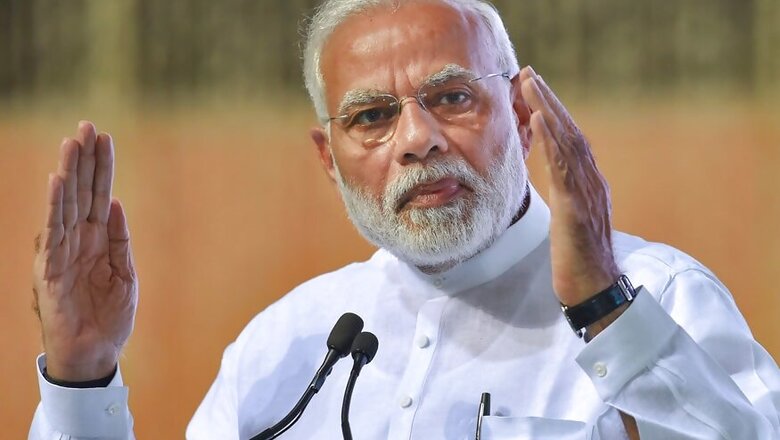
views
Ministry of Health and Family Affairs has been given a push in money allocation in the last five budgets that have been presented by the Narendra Modi government. With 63298.12 crore allocated to the sector this year, the government has once again hiked India’s health spending to win favour with the poor ahead of the crucial Lok Sabha elections less than 100 days away.
This year’s allocations is a rise of 15.9% per cent over last year’s budget, which showed a rise of about 13% over what was allotted for this sector in the year before that.
However, the budgetary allocation of Rs 52,800 crore for health in 2018-2019 was merely 5 per cent higher than the revised estimate of Rs 50,079.6 crore in 2017-2018 — a 2.1 per cent decrease of the total Union Budget from the 2.4 percent in 2017-2018.
Two years before that — that was for the year 2016-2017 — the budget allocation for the sector was 25 percent higher than Rs 37,671 crore spent in 2016-2017.
Last year, the National Health Policy (NHP) had said that it aimed to double the government spending on health from the existing 1.15 percent of the GDP to 2.5 percent by 2025.
It was also during last year, Modi government allocated over 1,200 crore out of the total budget for Ayushman Bharat. However, the government had only spent just Rs 798.34 crore on the scheme till November end, according to the information given by minister of state for health and family welfare Anupriya Patel in the recently concluded winter session of Parliament.
Launched with an eye on the Lok Sabha polls this year, PMJAY is the Modi government's biggest push for reducing out-of-pocket expenses incurred on healthcare. The scheme provides a cover of Rs 5 lakhs for each family, and intends to cover 10 crore families.
The public health expenditure in India (total of centre and state governments) has remained constant at approximately 1.3 percent of the GDP between 2008 and 2015, and increased marginally to 1.4 percent in 2016-17. This is less than the world average of 6%. The National Health Policy 2017 had recommended increasing the public health expenditure to 2.5 percent of the GDP.
Though India remains among the world’s top largest economies of the world, the Indian government’s health-care spending as a percentage of its GDP still remains the second lowest among the world’s largest economies.
As per the Rural Health Statistics 2016, there is a 20 per cent shortage of health sub-centres, 22 per cent shortage of primary health centres and 30 per cent shortage of community health centres in the country.
In a survey conducted by the Delhi-based Centre for Studies of Developing Societies and the German think tank Konrad-Adenauer-Stiftung, healthcare was increasingly becoming a priority for the Indian voters.
According to the survey, the top concerns of young voters were their parents’ and their own health. Another voter survey conducted by the Association for Democratic Reforms, also suggested that healthcare continues to remain among the top priorities for Indian voters.















Comments
0 comment